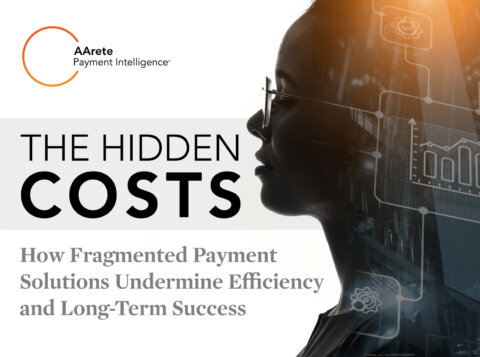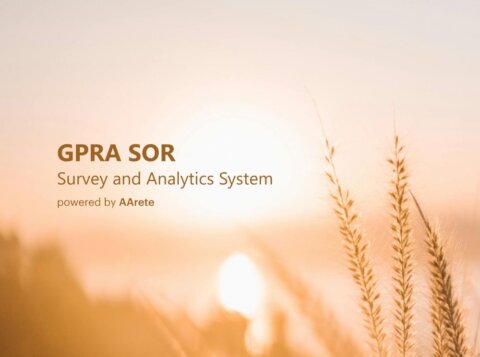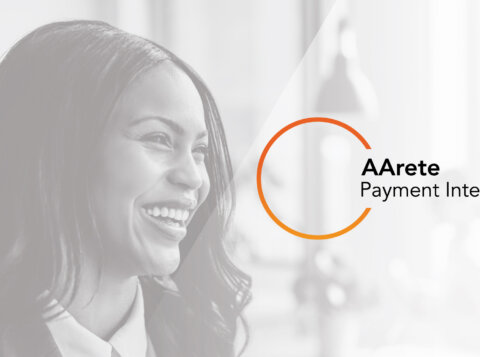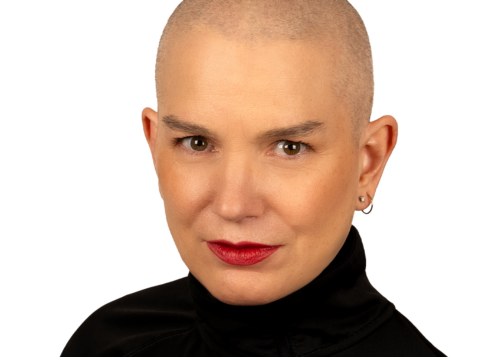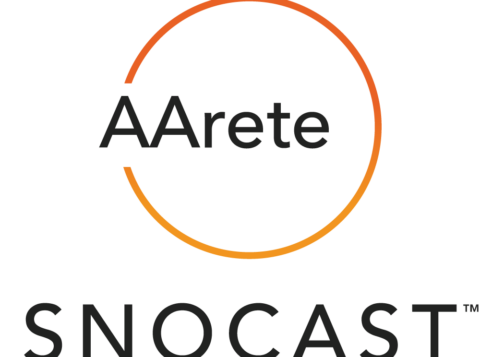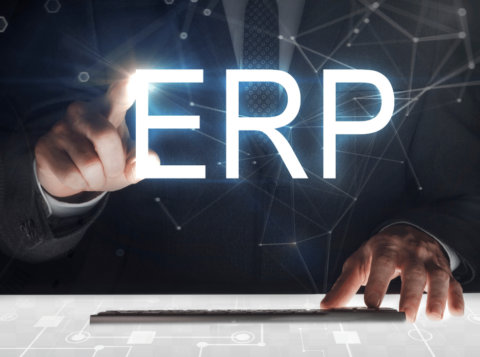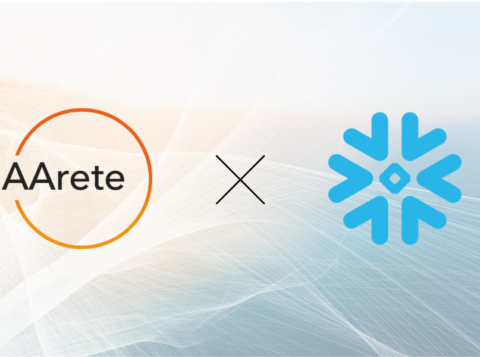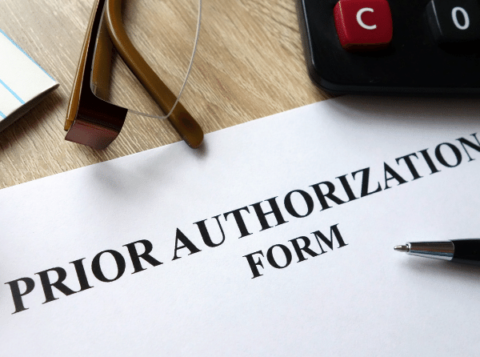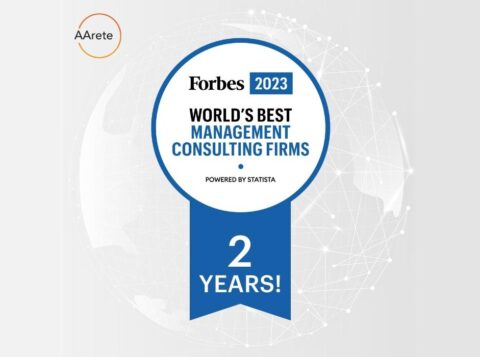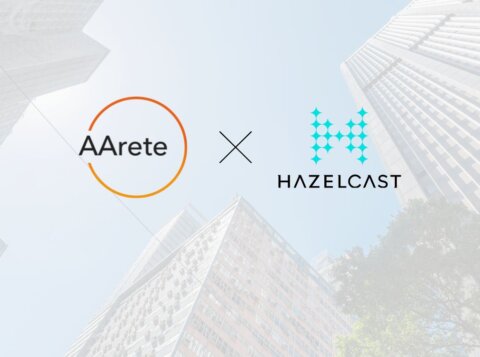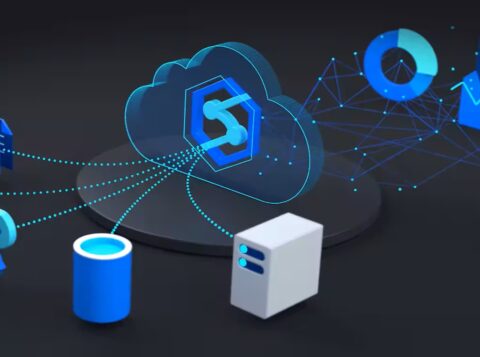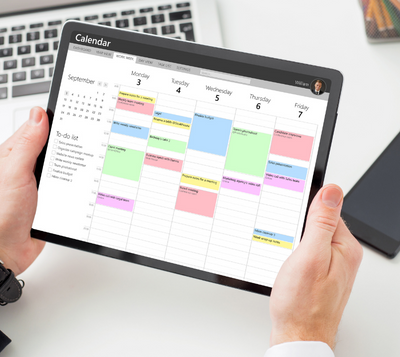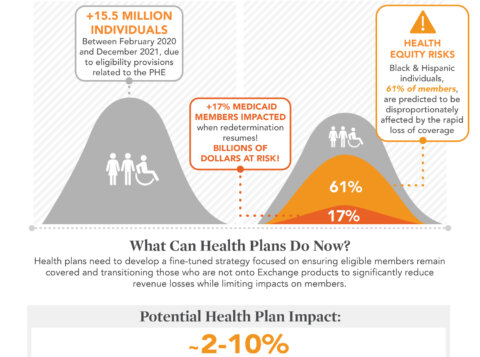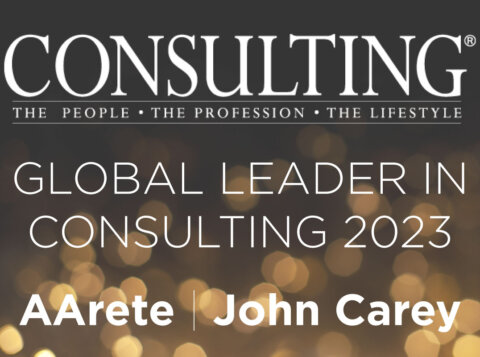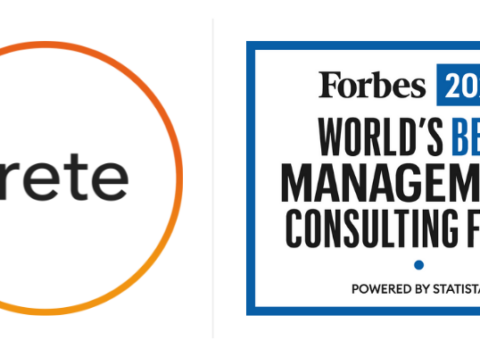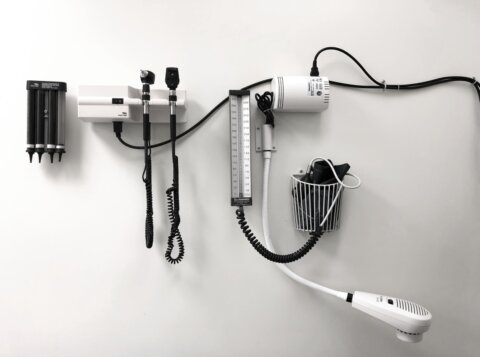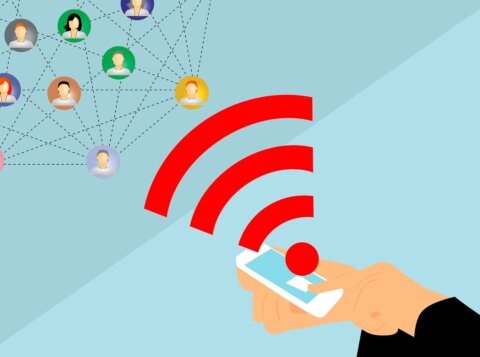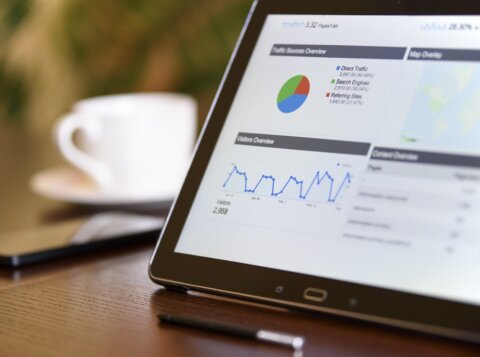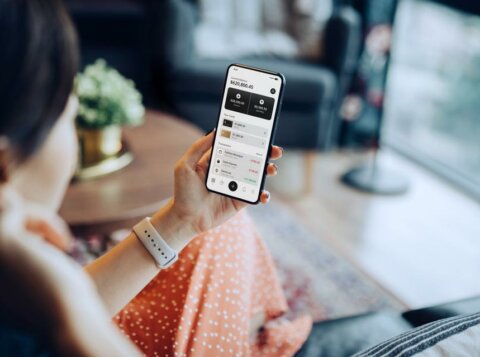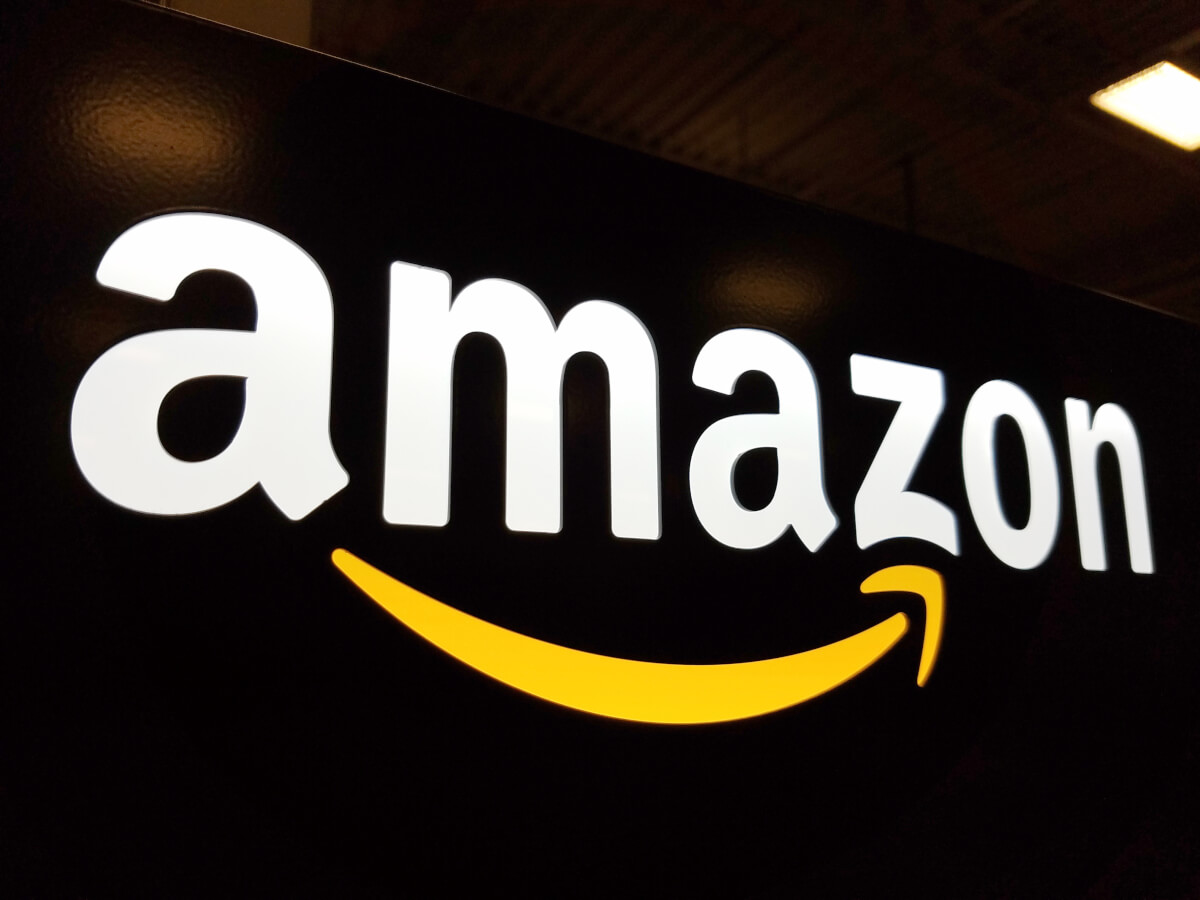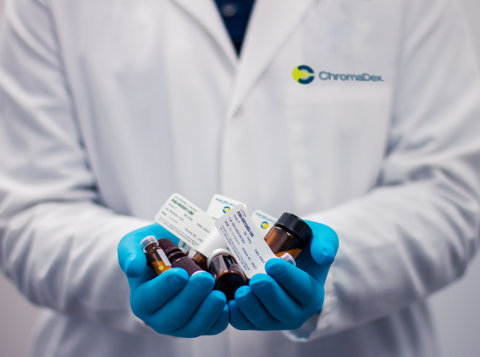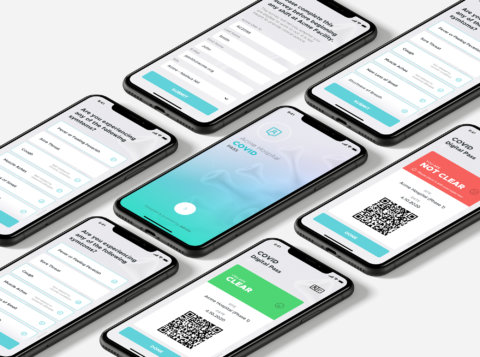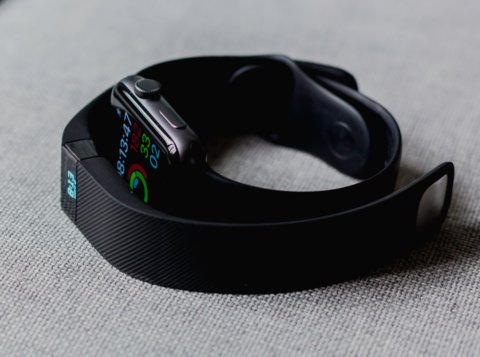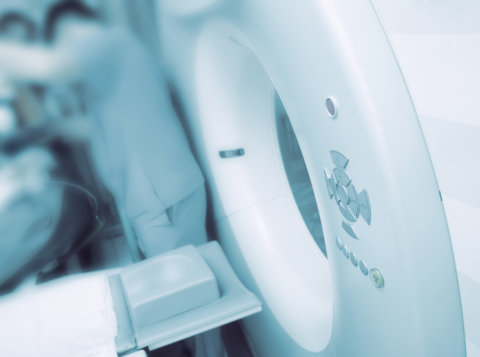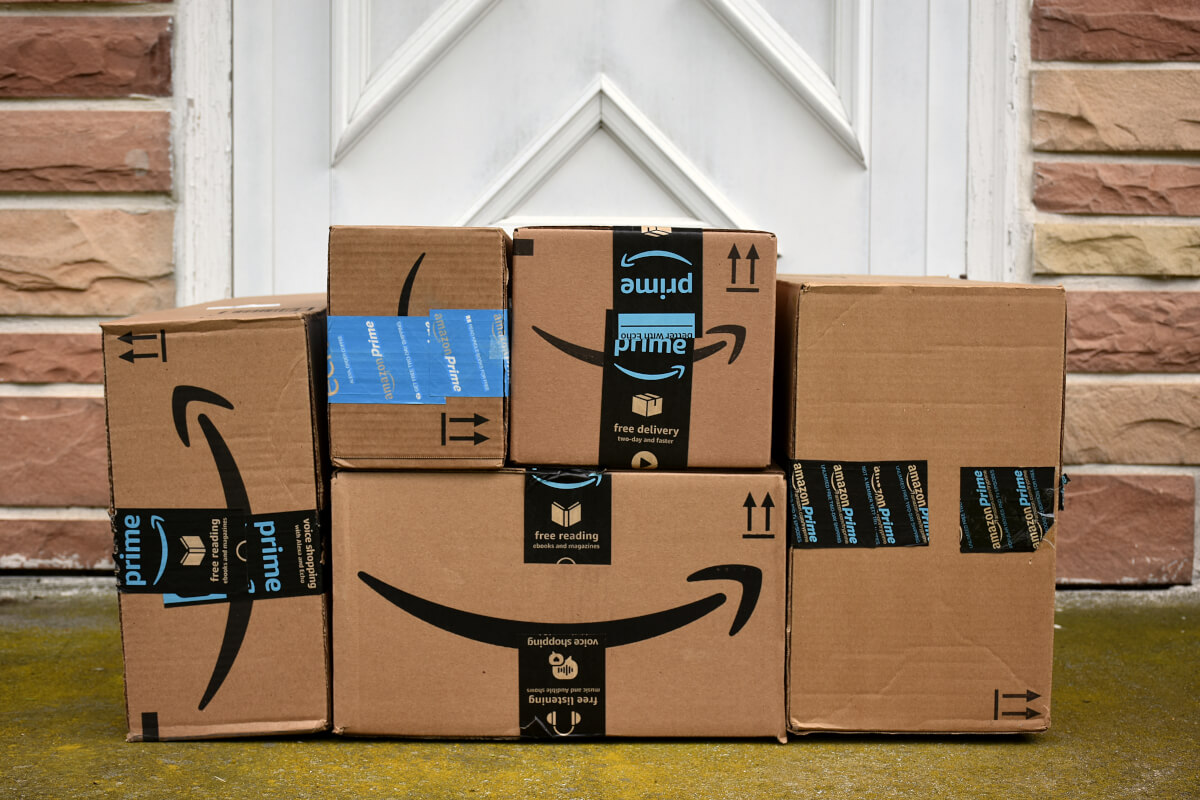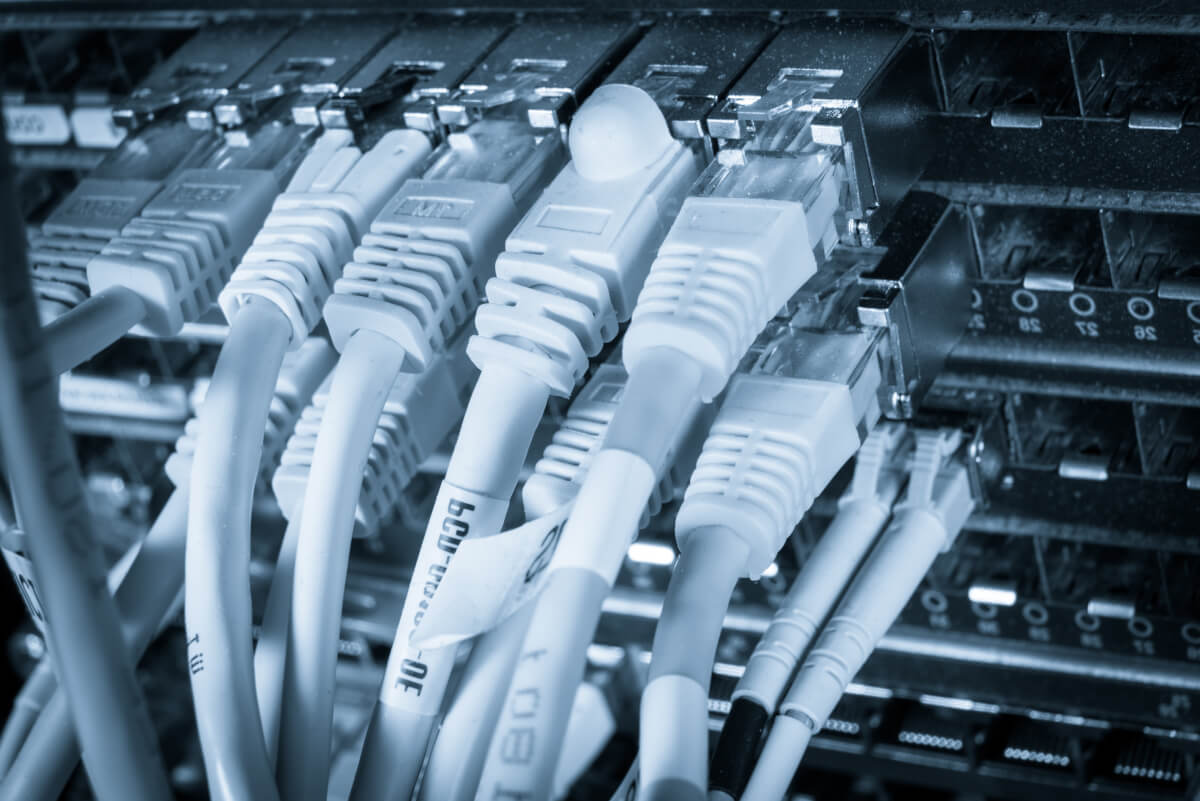Opting Out: Why Healthcare Needs to Embrace the Digital Age
This is an AArete Healthcare Payer Insight
Traditionally, the assumption has been that members and providers want paper mail unless they opt-out or opt-in to digital communication tools. Now, is that really what they want in 2023?
Times have changed, as have expectations, and more and more industries have adopted digital-first principles that assume paperless unless the customer specifies otherwise. We have seen references of up to 65% adoption of ‘electronic only’ in the banking industry, with payers woefully behind, holding a range of 5-10% adoption. So, if this is the case, why is healthcare lagging?
A Win-Win Opportunity
A 2021 study by Keypoint Intelligence found that one-third of transactional communication (i.e., bills, statements and other critical documents) are sent ‘electronically only’ (35%). The remaining communications are sent by ‘print/mail only’ (34%), and by both print and electronic channels (31%) – these recipients are referred to as ‘double dippers’.
The concept of correspondence composition does not differ much between designing paper to send through mail and creating a secure image that is available digitally. There are some nuances, but typically the barriers can be overcome without enormous investments in technology and/or overhead. However, more importantly, an efficient process of managing preferences and providing options that meet the needs and wishes of the members and providers has to be built in order to successfully maintain a program.
A prevalent detail that organizations should be observing is the literal tons of paper mail that is returned as undeliverable, showcasing that along with the cost savings opportunities embedded in this archaic process, there are ample opportunities to reduce waste. In addition, there is a valuable tool to be gained: customer relationships instead of just “transactions.”
The Power of Personalization
The concept of personalization establishes a bond or ‘relationship’ between the consumer and the company. This relationship is a step in the direction of getting rid of past stigmas and perceptions of the healthcare payer being a ‘barrier’ to healthcare.
According to SmarterHQ, 72% of consumers say they only engage with personalized messaging. As such, this small step represents the transparency and personalization that is possible between the member and/or provider and the plan. It is important to note that the plan is not dictating the method of communication, rather it is making correspondence options that the consumer can choose.
Ditch The Default
Payers have habitually been conservative with their interpretation of compliance guidance when it comes to which channel represents the ‘default’ method for members and provider correspondence. To put it simply, payers assume the preference is printed correspondence mailed to a specified address. The assumption expands to presuming that by entering an address in a form, it is consent to receive mail. This begs the question: what about entering your email address or mobile number? Does that imply consent to receive correspondence via those channels? If the answer is no, why is the mailing address held to a different standard?
Most healthcare payers have member and provider portals that present paperless preferences within their portals or their mobile applications. However, the adoption rates for electronic document distribution severely lags when compared to other industries. For an industry that requires a great deal of correspondence and information sharing, it is a huge opportunity that is ripe for the picking. It is also important to note that State and Federal partners should not be seen as barriers to adoption, rather as opportunities to promote digital-first capabilities and choices. State and Federal regulations are also constantly evolving – has your company reviewed the latest regulations or offered alternatives for regulators to consider? Everyone wins when communication works in a timely, accurate manner.
Next Steps
Overall, the healthcare industry has everything to gain and little to lose by adopting digital correspondence over traditional paper mail. From lowering carbon footprints, reducing costs, enhancing patient satisfaction, all the way to enabling better collaboration between providers, digital communication is a win-win for everyone involved. To avoid any initial challenges in the transition, a solid plan with personalized campaigns laid out is crucial, including selecting and implementing technology platforms while optimizing capabilities.
Keep in mind that the long-term benefits of going digital far outweigh the status quo. The digital revolution in healthcare is here – embrace it!
Learn more about AArete’s Digital & Technology solutions
